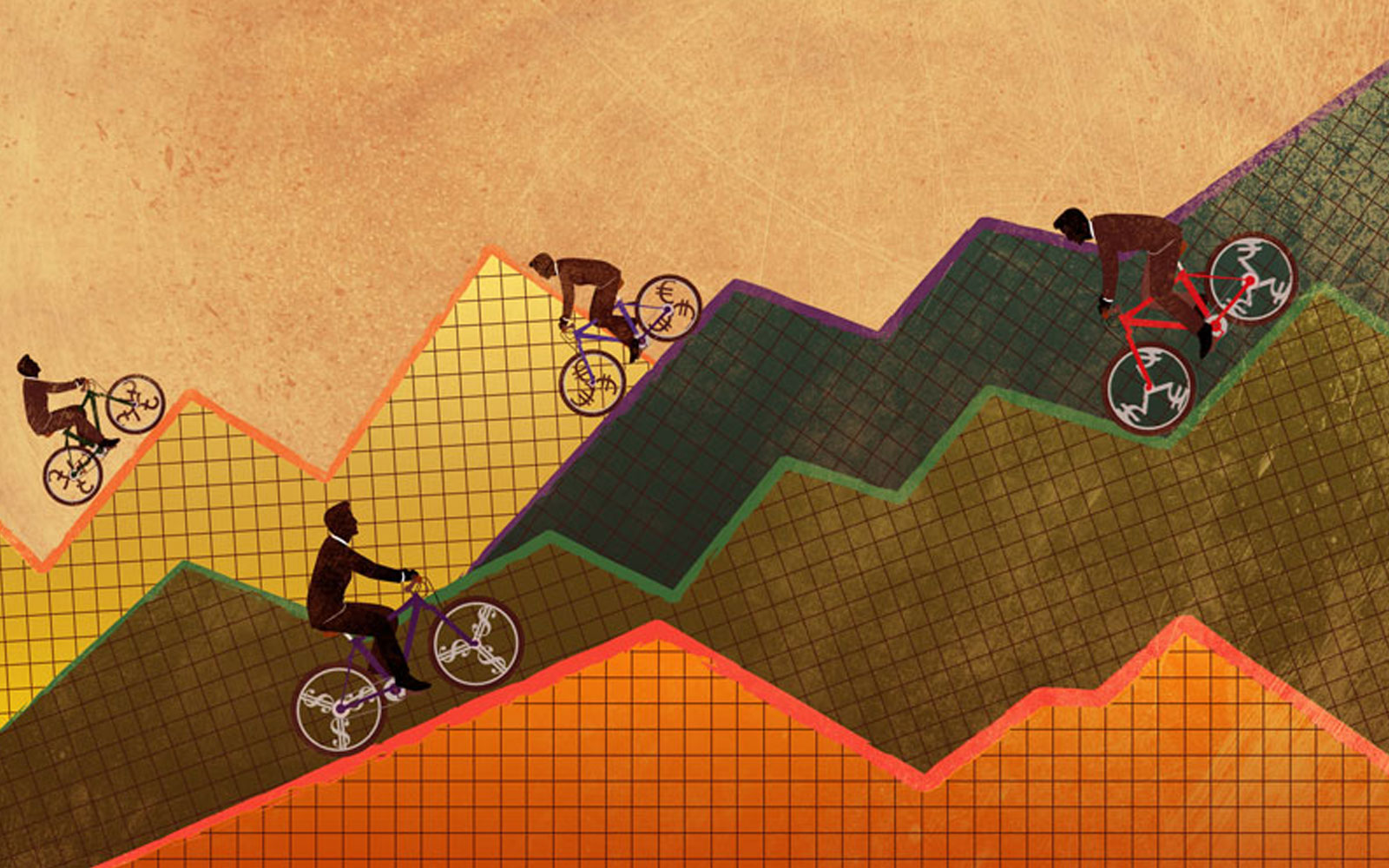This article was written by Kristen Colonna, Chief Strategy Officer, OMD NA, and originally published by Adweek.
New York, like our industry, has an energy to it. Immersive, motivating, often magical. It is hard not to marvel at its creativity, its championing of cause, it’s continued resilience. But it’s funny what happens when the lights go out. Sometimes it lets us see more clearly.
With the blackout hampering my ability to connect and consume at my usual pace, I started to wonder what I really needed after all. Could I survive without Netflix and Alexa? Never. Without Facebook and YouTube? Maybe. Without linear TV? I already do. So, what drives these preferences? What is the makeup of modern connection and communication? And therein lies the biggest challenge our industry faces today: how to create meaningful consumer experiences that drive real brand value.
And on that challenge, I can’t help but feel that we are missing something big. The world is moving past us at an incredible pace, disrupting storied success, standing up new business models and redefining brand discovery. Never in our history as an industry have we been able to reach so many people in so many ways, and never have people been so disappointed by marketing. To have a future, we need to get serious about putting the consumer at the center of our ambitions.
This starts with three critical insights.
Time is precious and choice is limitless
Unless we acknowledge this combination of limited resource and infinite options, this combination could spell irrelevance for most of what our industry produces. How would our efforts change if we asked not only how and where consumers spend their time but also acknowledged when they are open to hearing from us. And then they could ask how we make them need and love us. How would our innovation and creativity expand if we worked with what the data is telling us and not against it? It’s time to accept these economics of engagement and design experiences worthy of capturing attention.
Positivity is the antidote to anxiety
We have all seen the research and commentary that constant connectivity is provoking fear, depression and anxiety, especially among our youth. There is anxiety generated from not being in-the-know, and there is anxiety generated by knowing too much. In response, increasing numbers of Gen Z are quitting social media or taking regular detoxes. And I’m sure more than a few New Yorkers enjoyed the opportunity of unplugging for a few hours.
It’s therefore not surprising that against this cultural and technological backdrop, some of our industry’s most resonant work is focused on making people feel good. Cause marketing is a-buzz at the moment, but what is actually driving the success of the work is how it makes people feel: happy, uplifted, rewarded, inspired, renewed. We have long known that positive emotional response is correlated with results, and nothing right now is more timely or resonant.
Build for the story, not for the screen
We are living in the golden age of content, yet our continued dependence on TV-centric models has us tongue tied. Content and media companies are building models around consumer behavior while we still too often design with a TV-first mentality, and in doing so miss the opportunity to build meaningful consumer connections and real brand value. Consumer behavior isn’t shifting—it has already shifted. We must evolve to build brand stories that transcend the screen to deliver personalization, utility and meaning at every touch. This requires a shift not only to new media formats, but more importantly, a shift to putting the consumer at the center of our experience design and building stories for the world they choose to live in.
In an attention economy where our time is precious and our choice is infinite, in an age of constant connectivity that is unsettled and uncertain and in a consumer reality that demands meaningful experiences, our new bar as an industry should be creating the kind of brand value that can survive a blackout—and the connections they’ll choose to keep even when the lights come back on.


